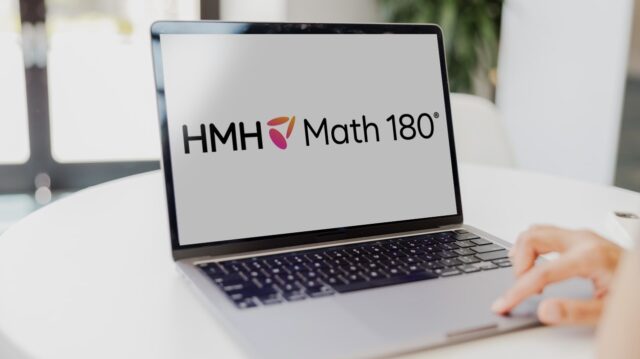
“Reading should not be presented to children as a chore or duty. It should be offered to them as a precious gift.”
These words by author Kate DiCamillo are beautiful and true. But what if I’m working with striving readers in middle or high school? For these students, learning can feel like an impossible task. The precious gift of literacy has been buried beneath years of heartache, tears, and frustration, making success in the classroom seem out of reach.
Sometimes older, striving readers are multilingual learners, and sometimes they are on individualized education programs (IEPs). But often, they are simply students who never received strong foundational reading instruction, and as a result, they continue to need more support. Explore what the brain reveals about literacy development in the intermediate and middle grades in this webinar hosted by Dr. Shane Templeton, professor of literacy studies at the University of Nevada, in Reno.
Supporting reading intervention for students in Grades 6–12
It’s never too late to help our secondary students improve their reading skills, but it’s imperative that we have the appropriate tools and strategies to support them. Here are seven tips to maximize middle school and high school reading intervention.
1. Minimize distractions with an organized classroom
Set clear expectations on how students should enter the room, interact with others, organize materials, and treat technology. Display expectations as visuals throughout the classroom. Remove anything that’s unnecessary and keep everything well-defined and concise. Assign only a few tasks at a time; less is more with students who require intervention.
2. Rely heavily on data
Initial data informs instruction and guides decisions on a student’s specific needs. Some older, striving readers need support with reading comprehension skills, while others require more intensive phonics and basic word reading instruction. Reliable data helps educators determine the most effective interventions for individual students. Benchmark data should also be used to set student growth goals, followed by regular assessments that monitor progress toward goals.
3. Provide opportunities to read daily
Students should take ownership of their learning and select books that align with their personal Lexile range. This ensures they receive appropriate challenge without frustration. Finding lower-level books that are high interest and age-appropriate helps secondary students feel respected and dignified, and providing a variety of print and digital books, articles, short stories, and audio resources allows for student choice and increased engagement. According to Dr. Marilyn Jager Adams, a specialist in cognition and education, students should “read, read, and reread.”
4. Use conferencing to increase motivation
During regular meetings with the teacher, individual students can set personal goals and measure their progress throughout the year. Goal setting is one of the most powerful motivators for intervention students. Students should review their data once or twice a month, as well as conference about their reading selections.
During this time, you can guide students in selecting independent-reading resources that are high-interest and at the appropriate Lexile level. Conferences are also a great opportunity to provide incentives and rewards. Prizes, free time, certificates, and shout-outs create excitement and ownership of learning, which leads to student success. Extrinsic rewards will motivate students initially with the intention of building intrinsic motivation throughout the year.
5. Find a curriculum with proven results
Choosing research-based reading intervention programs designed specifically for secondary students can accelerate the learning process. A curriculum with a technology component increases student growth by supporting your teaching and providing individualized and distinct data-driven instruction. Rotating direct instruction, an adaptive technology program, and independent reading will provide students with a blended learning experience that is truly personalized and highly effective.
6. Ensure you’re proficient in reading instruction
Because many middle and high school teachers have never received formal training in “learning to read,” they often do not know how to teach foundational reading skills. Foundational literacy training can help you discover the most effective strategies and tools to use with older, striving readers.
7. Encourage a strong learning mindset
Every day, I remind students that hard work and a positive attitude can make any goal, dream, or accomplishment possible. Maybe they failed yesterday, but today they have the power to rise and overcome anything—even reading challenges.
Supporting older, striving readers requires a thoughtful apporach. These middle school and high school reading intervention strategies are a great place to start as you guide students toward meeting their goals.
***
Explore Read 180, our personalized, adaptive, and student-owned approach to reading intervention for Grades 3–12.
This blog post, originally published in September 2021, has been updated for 2025.
Get our free Reading Intervention eBook today.












